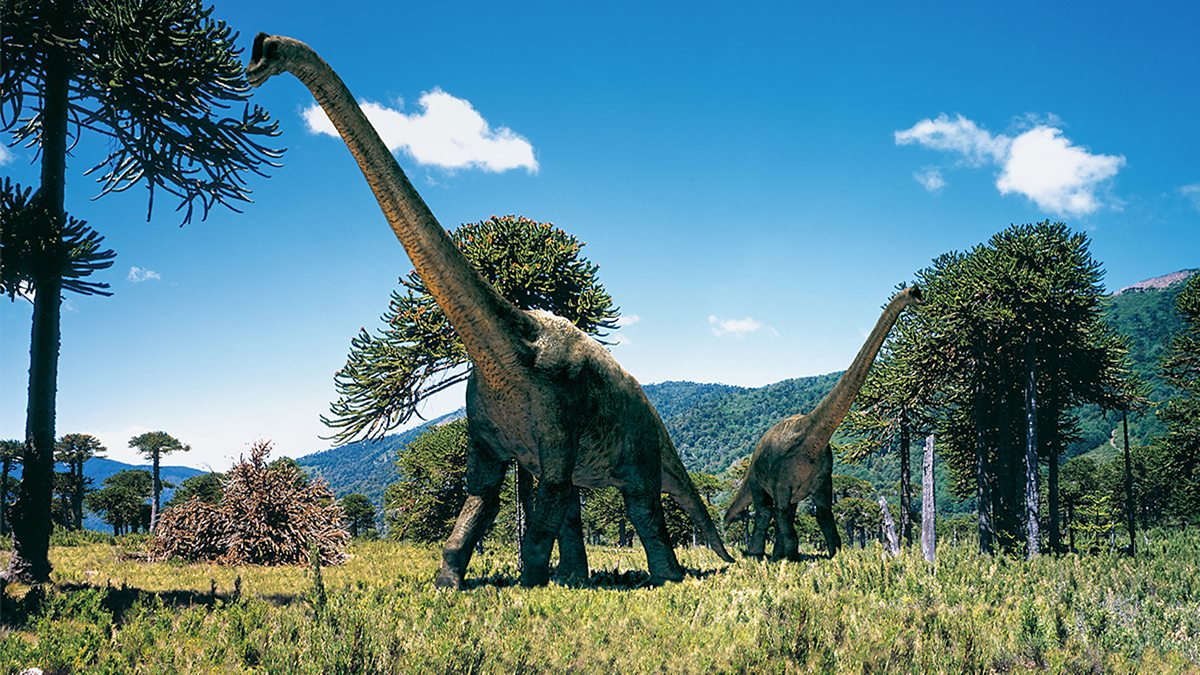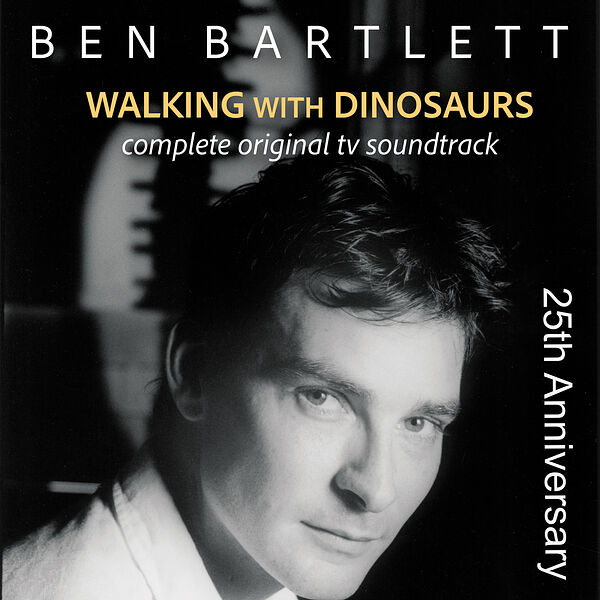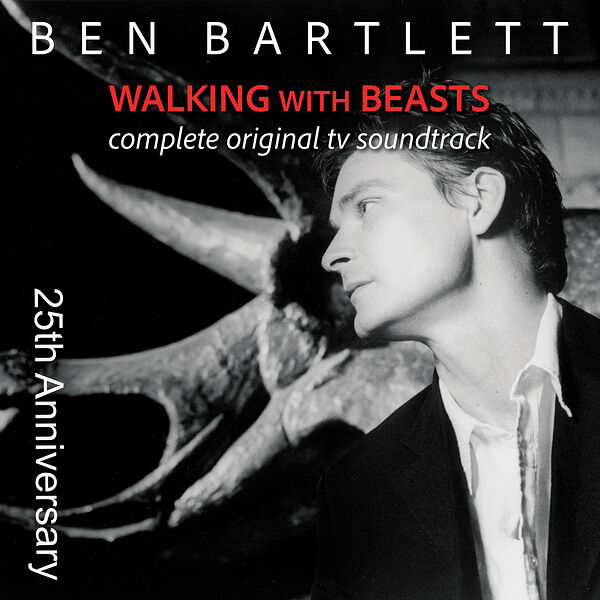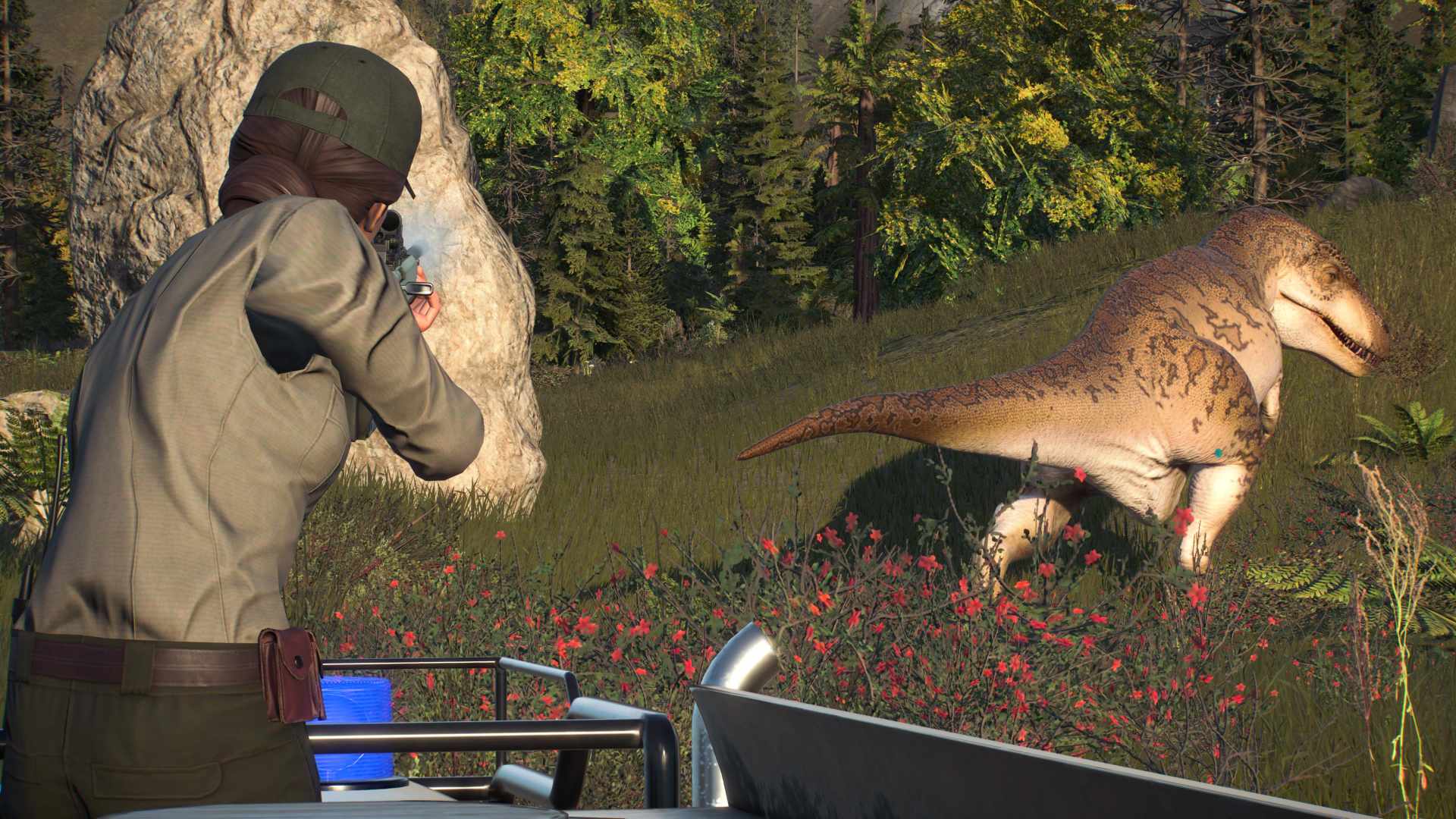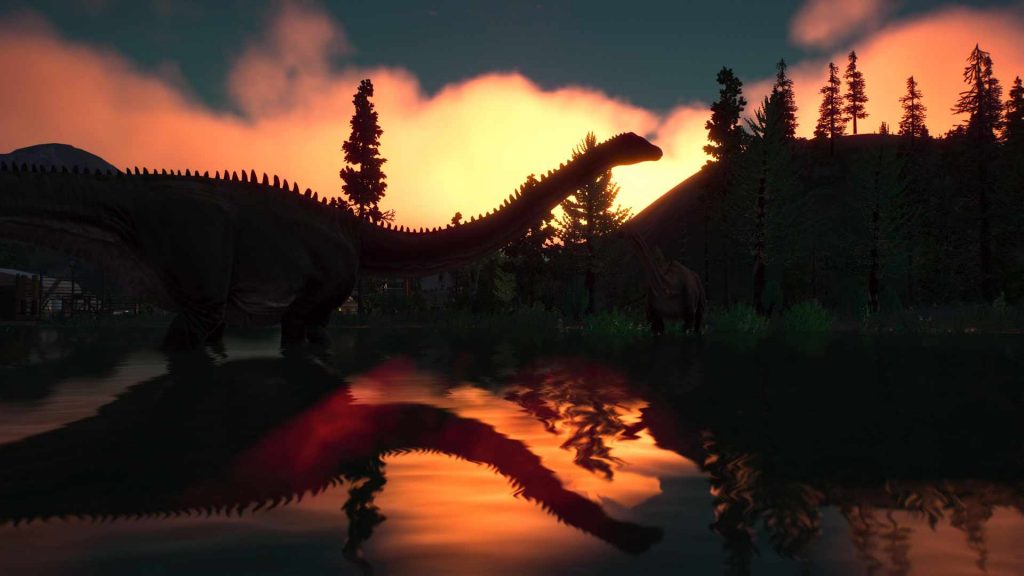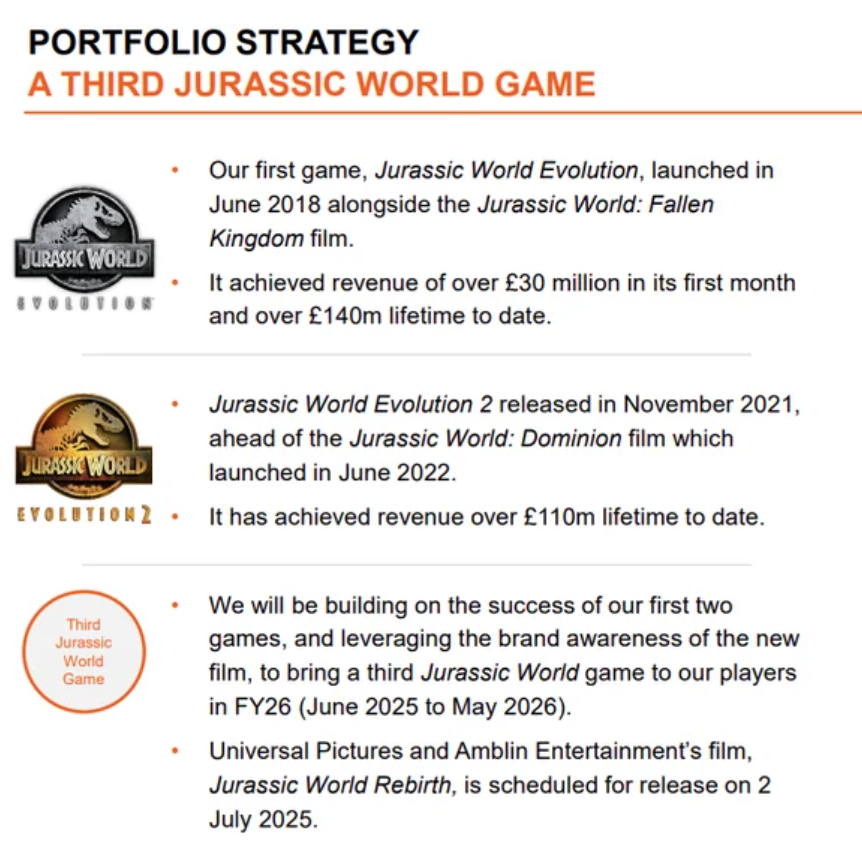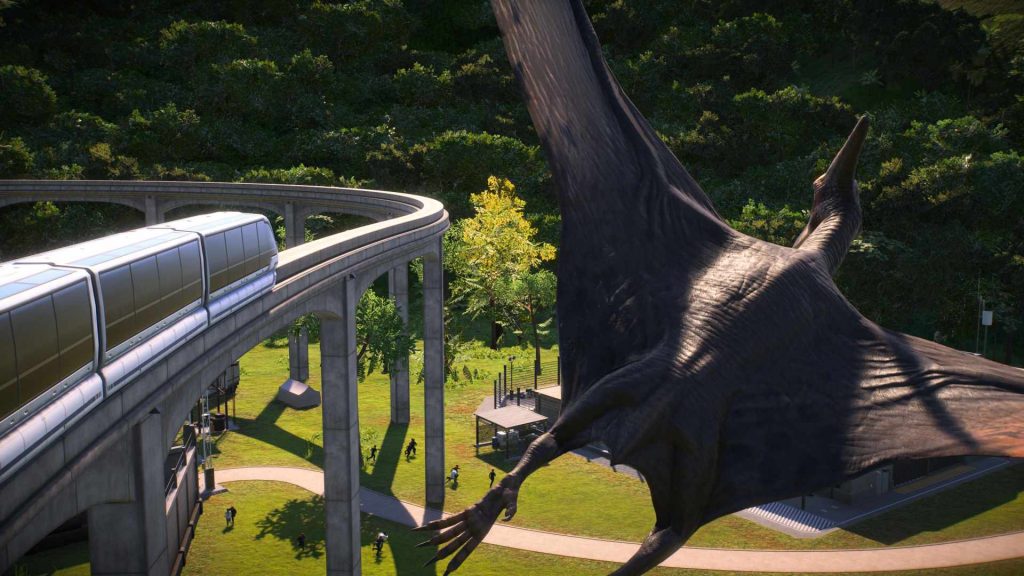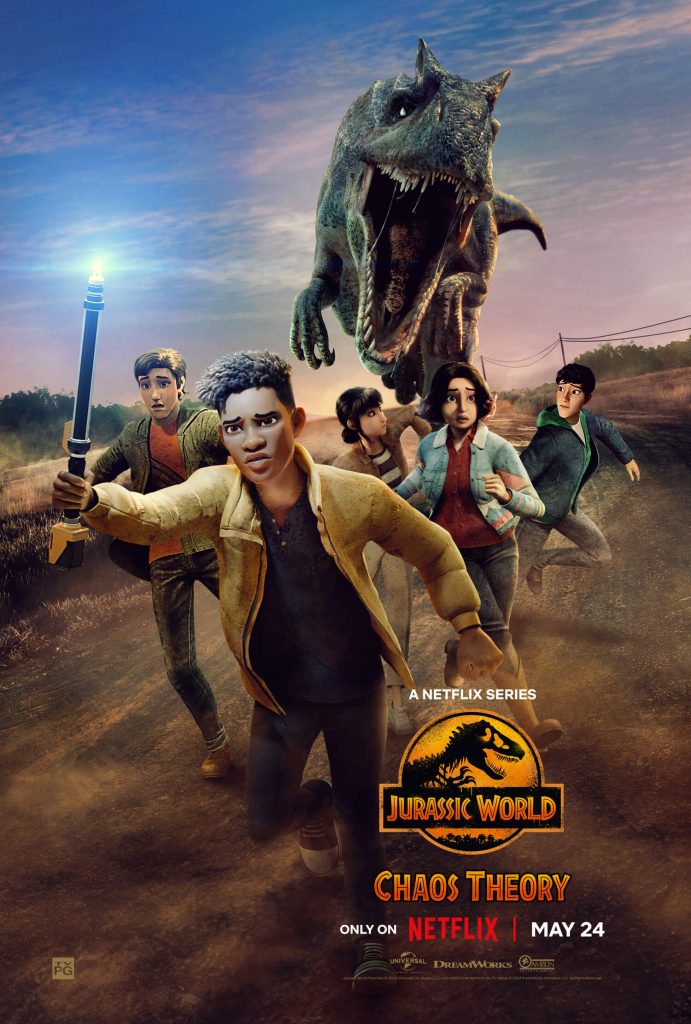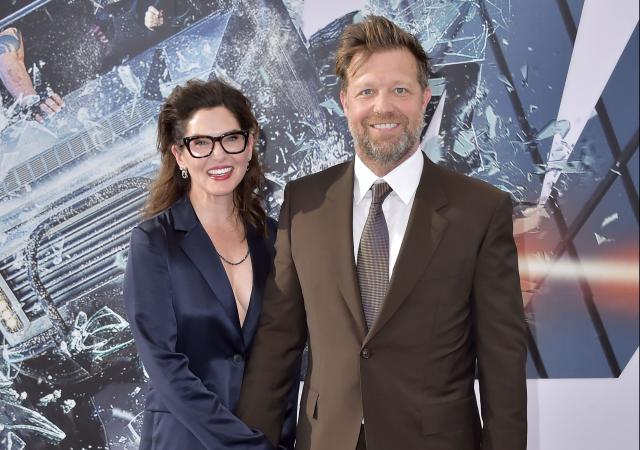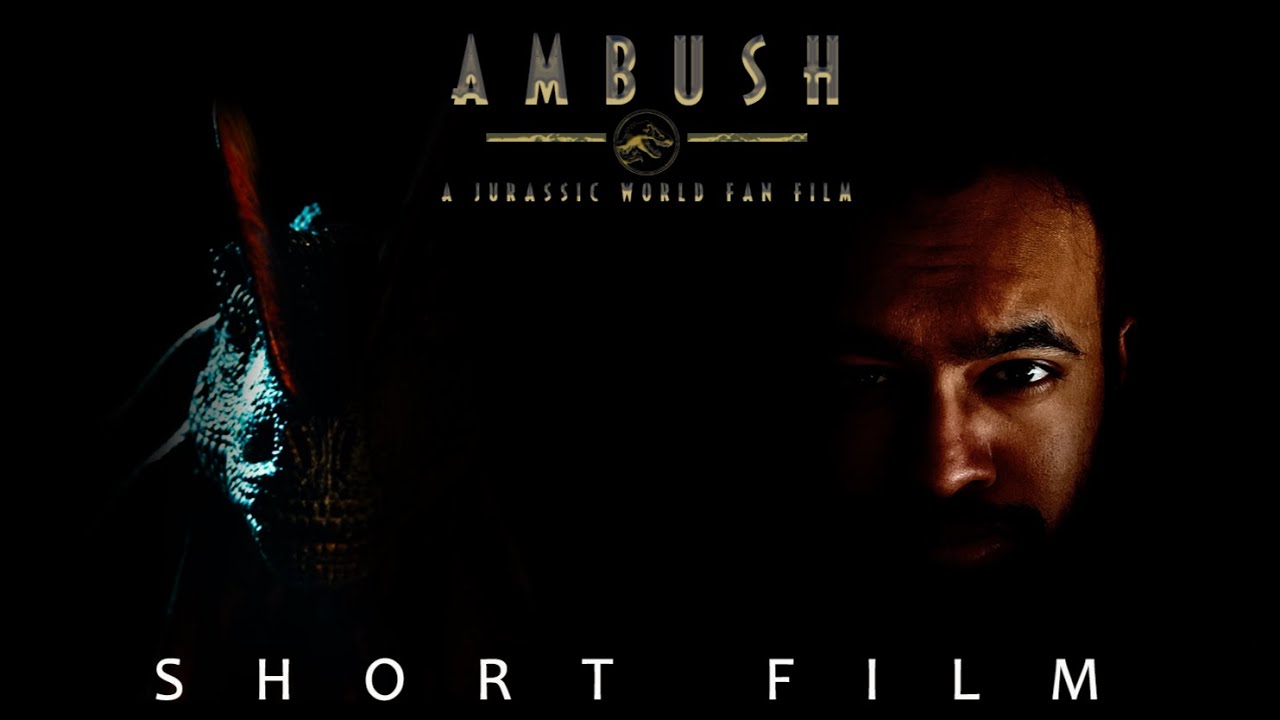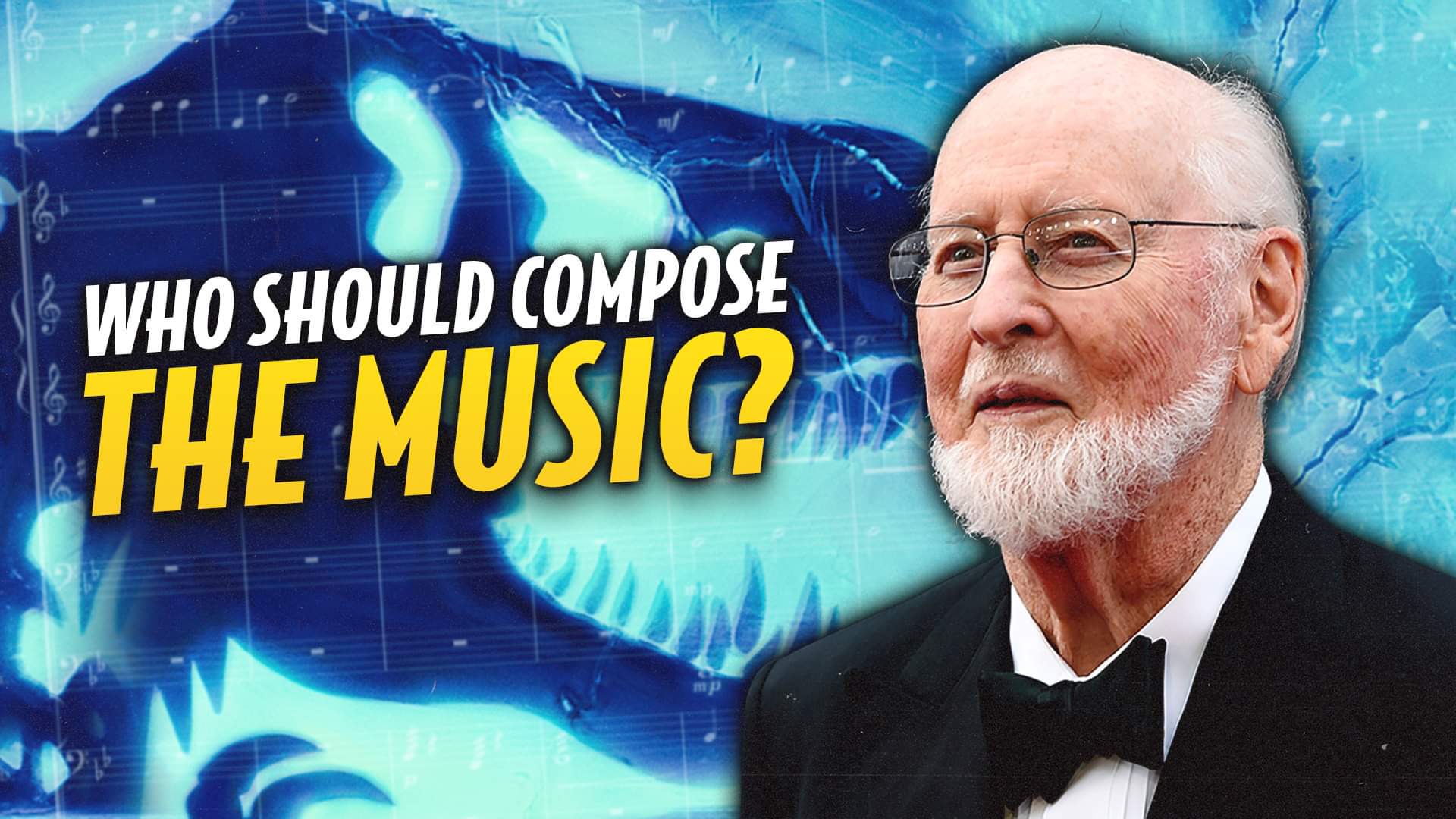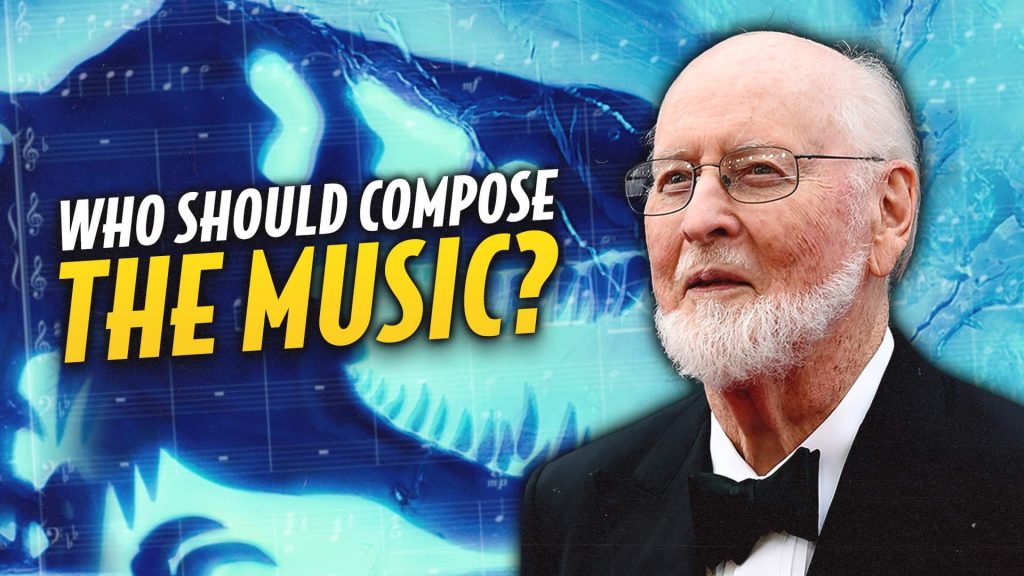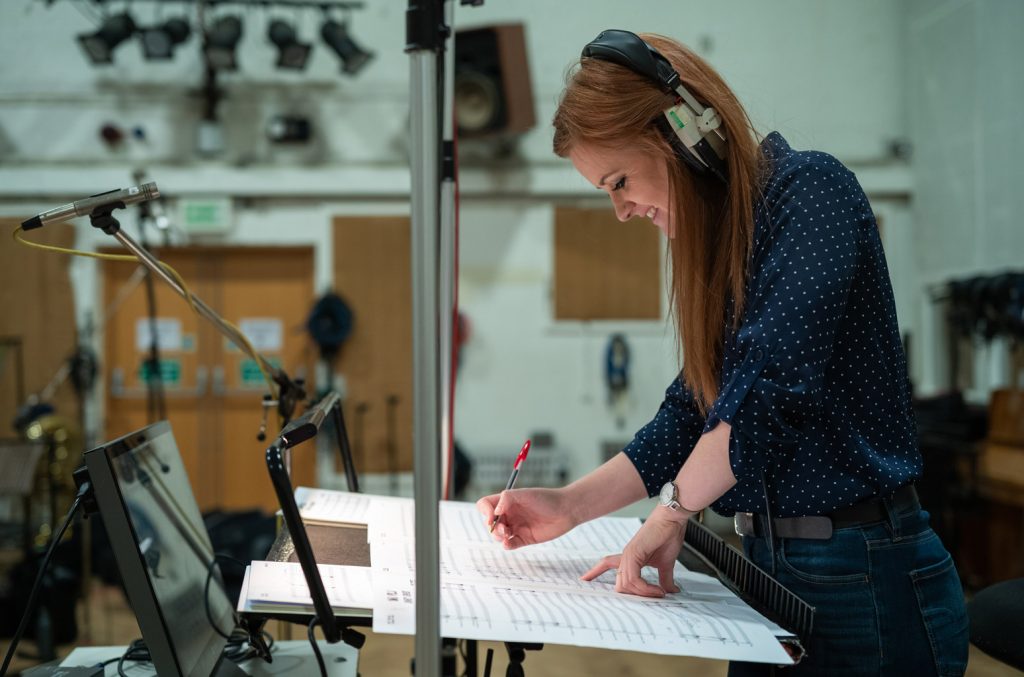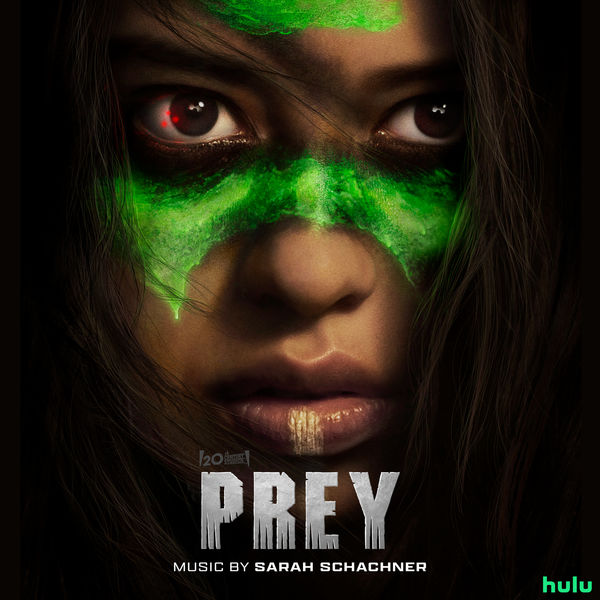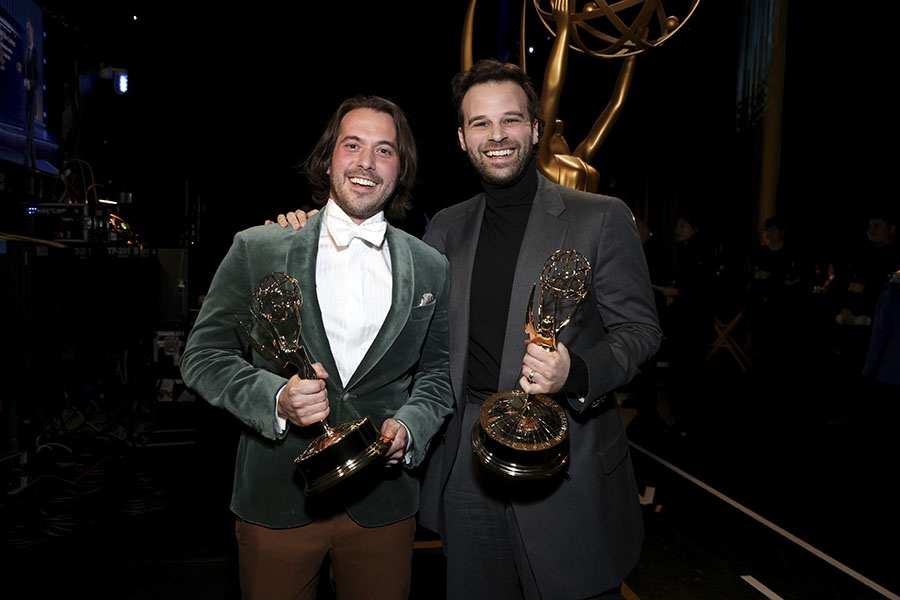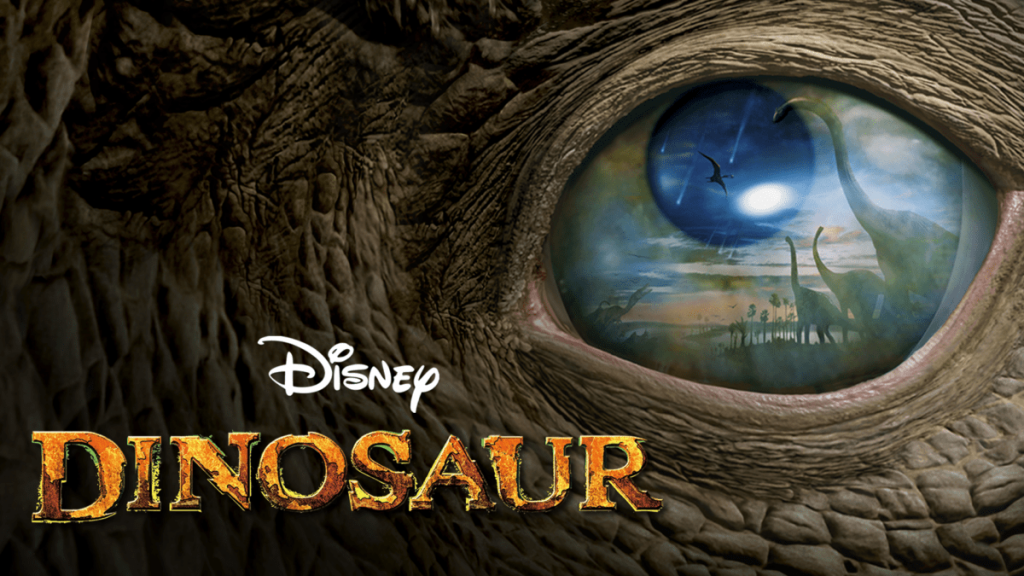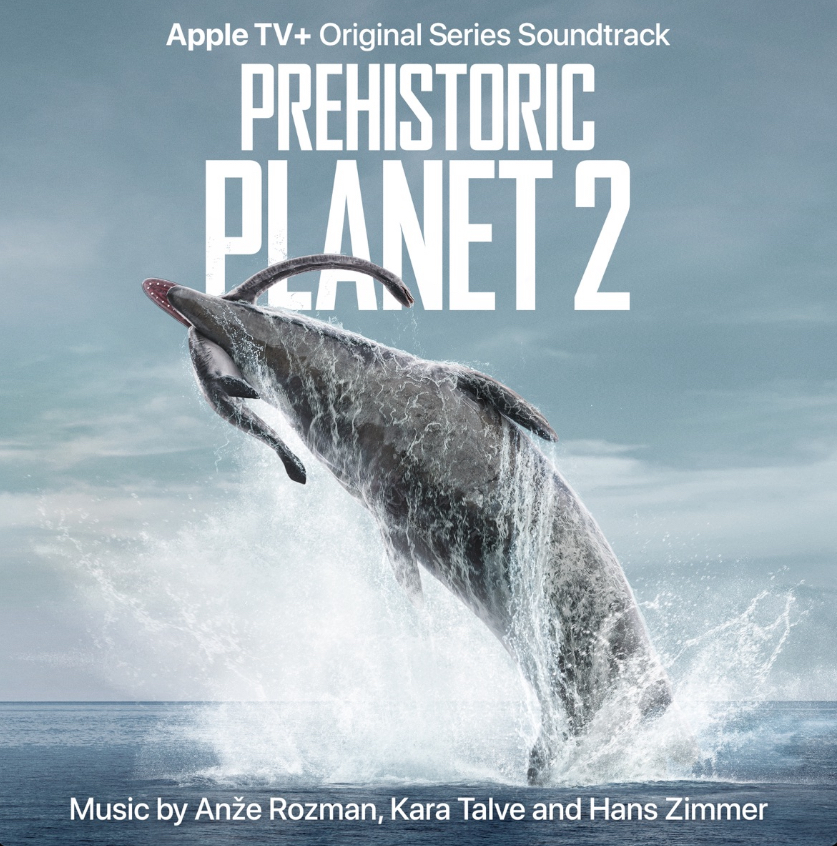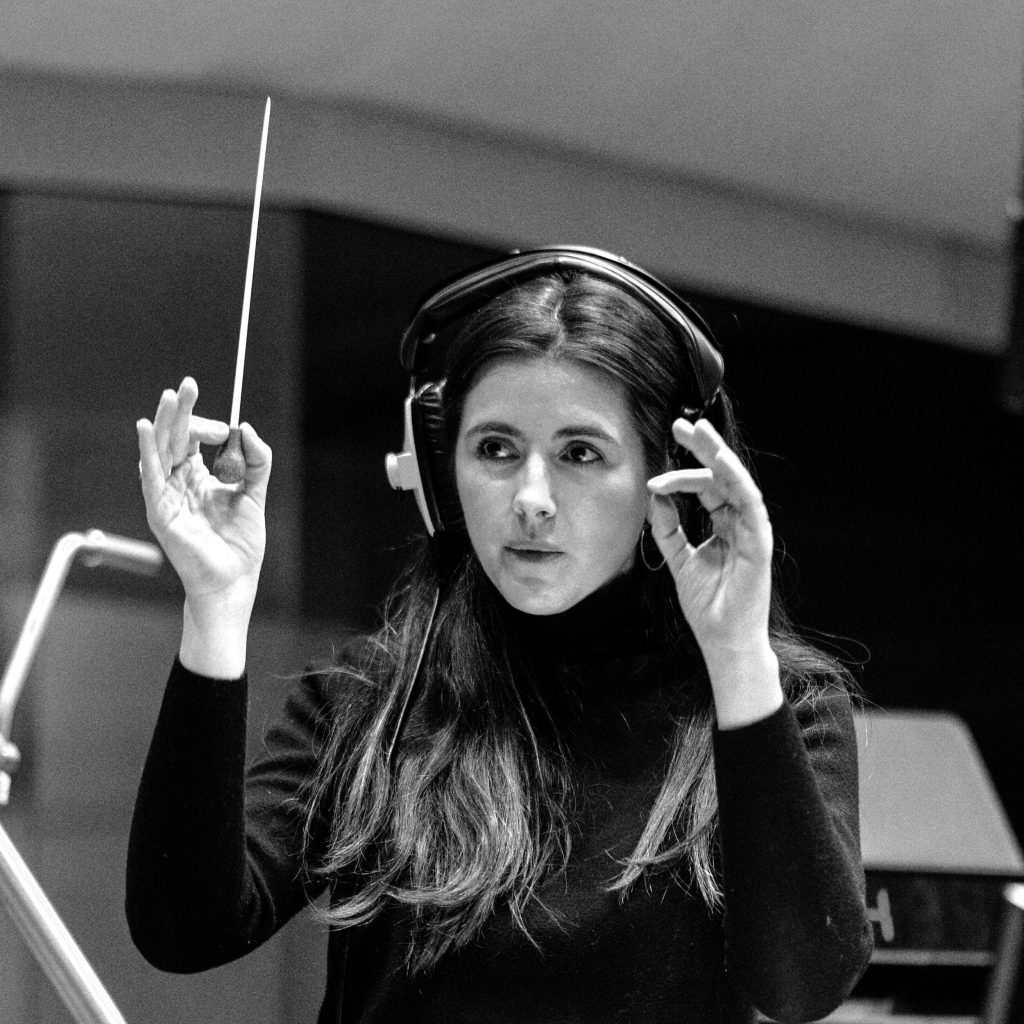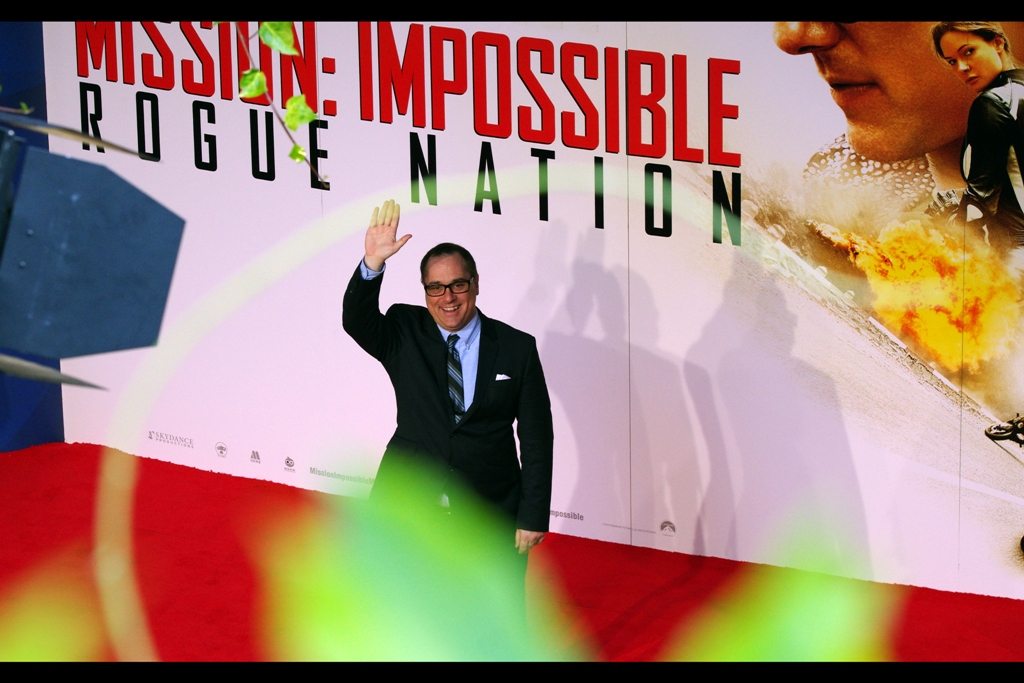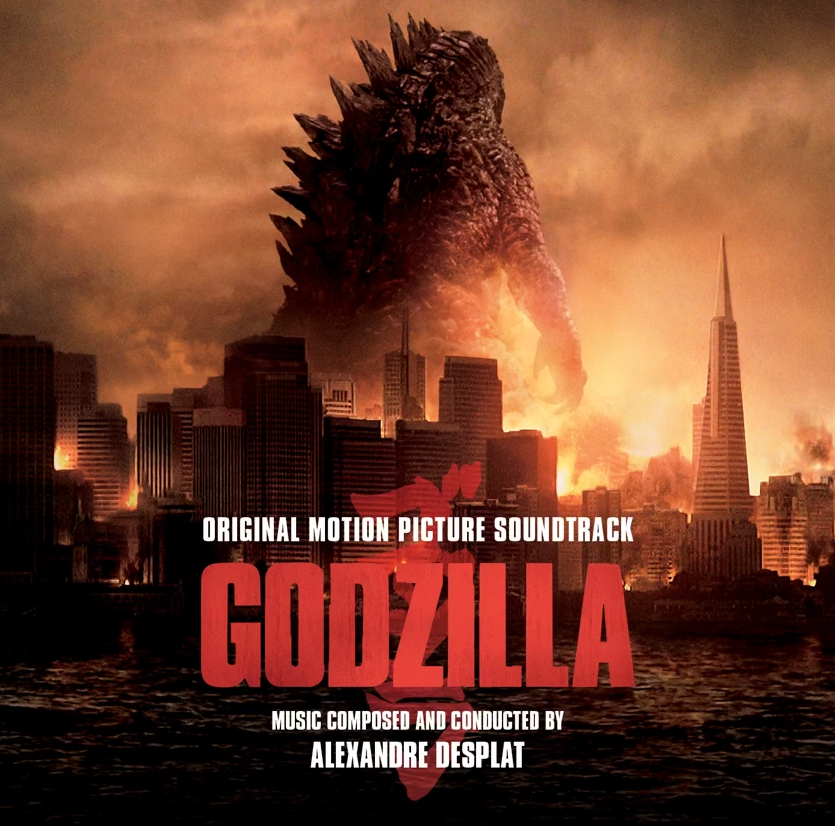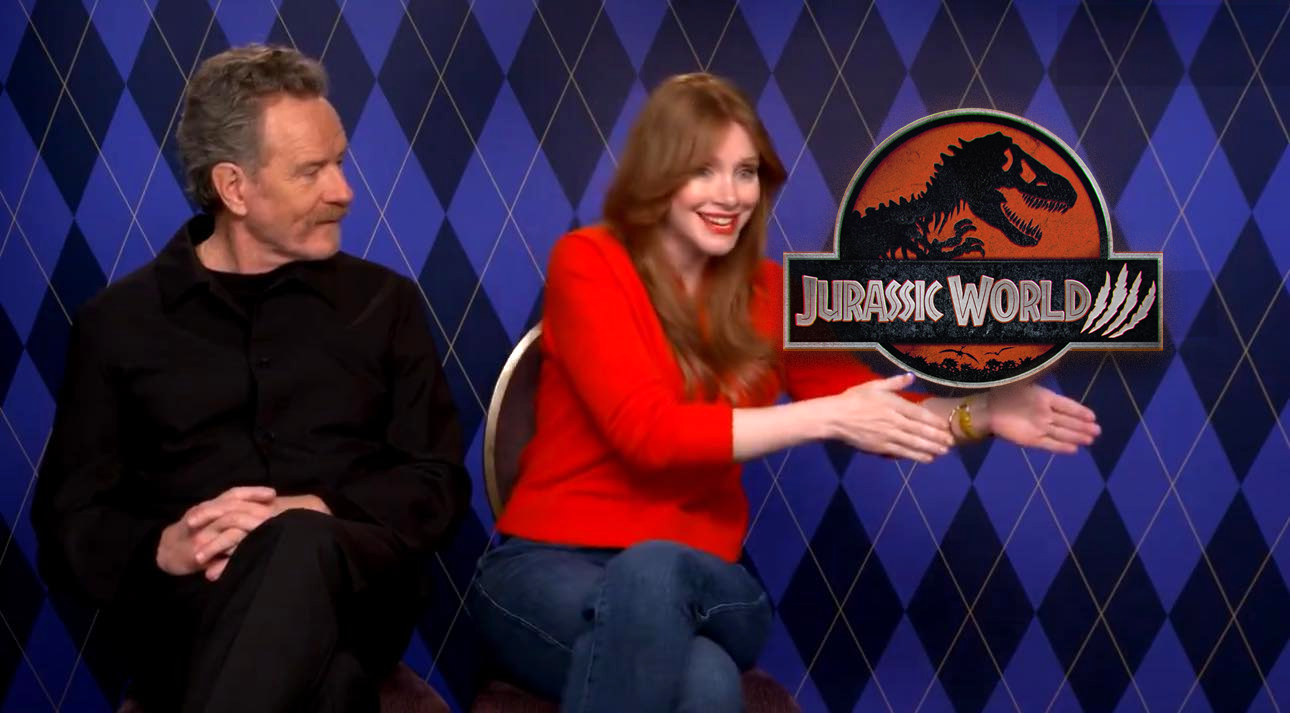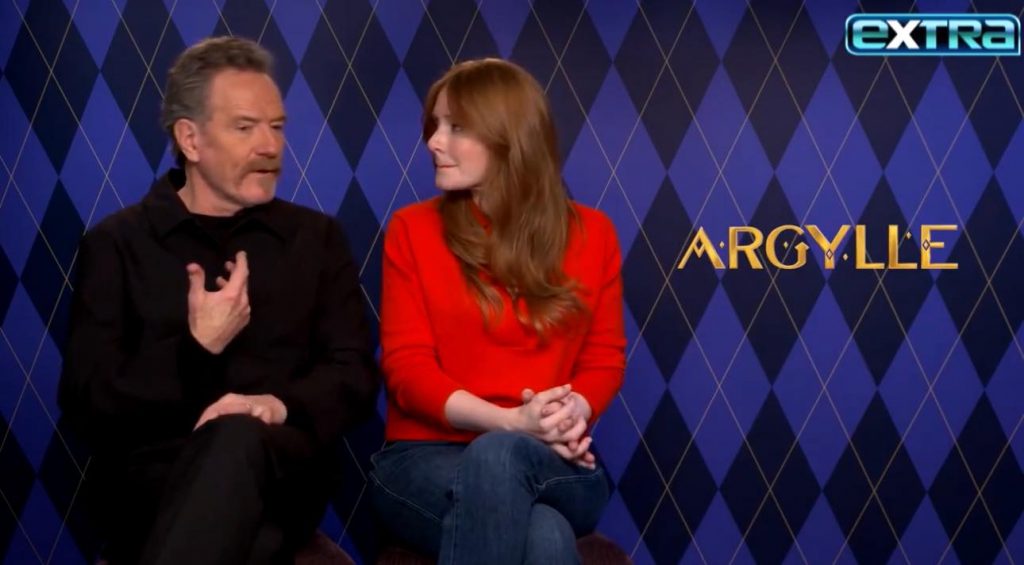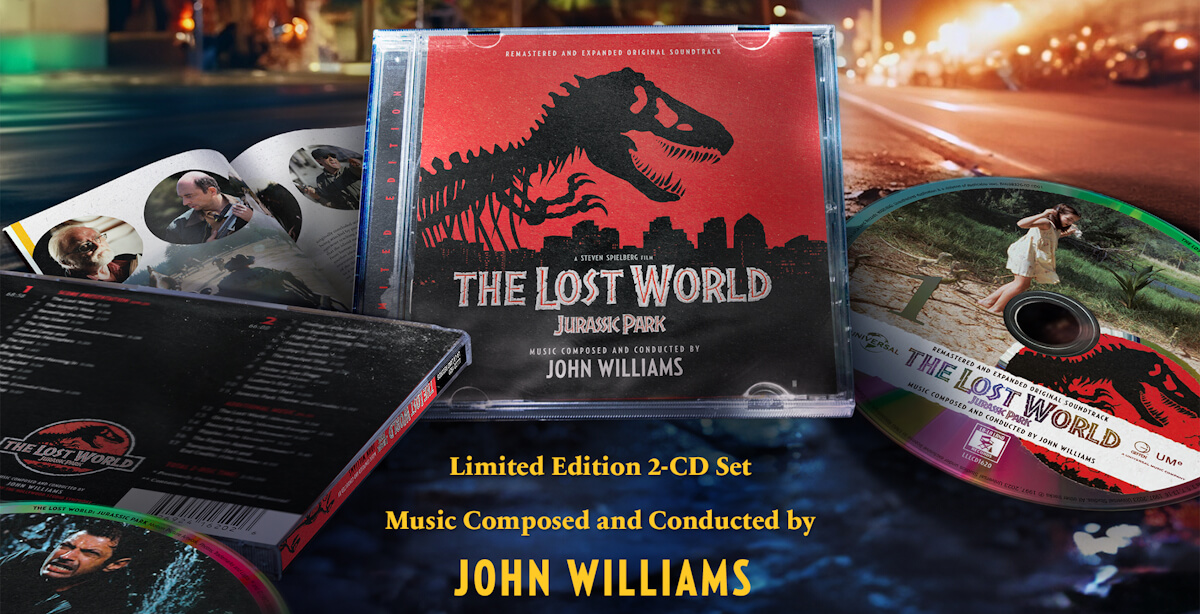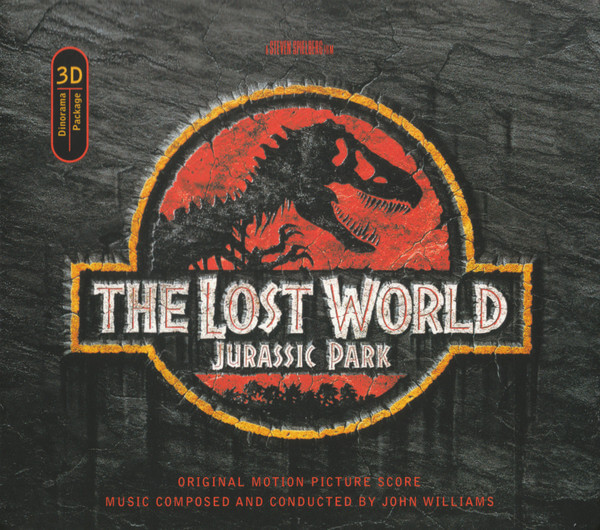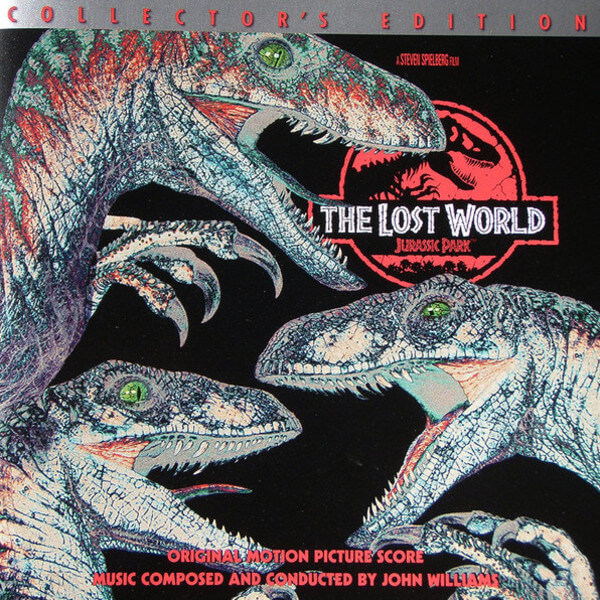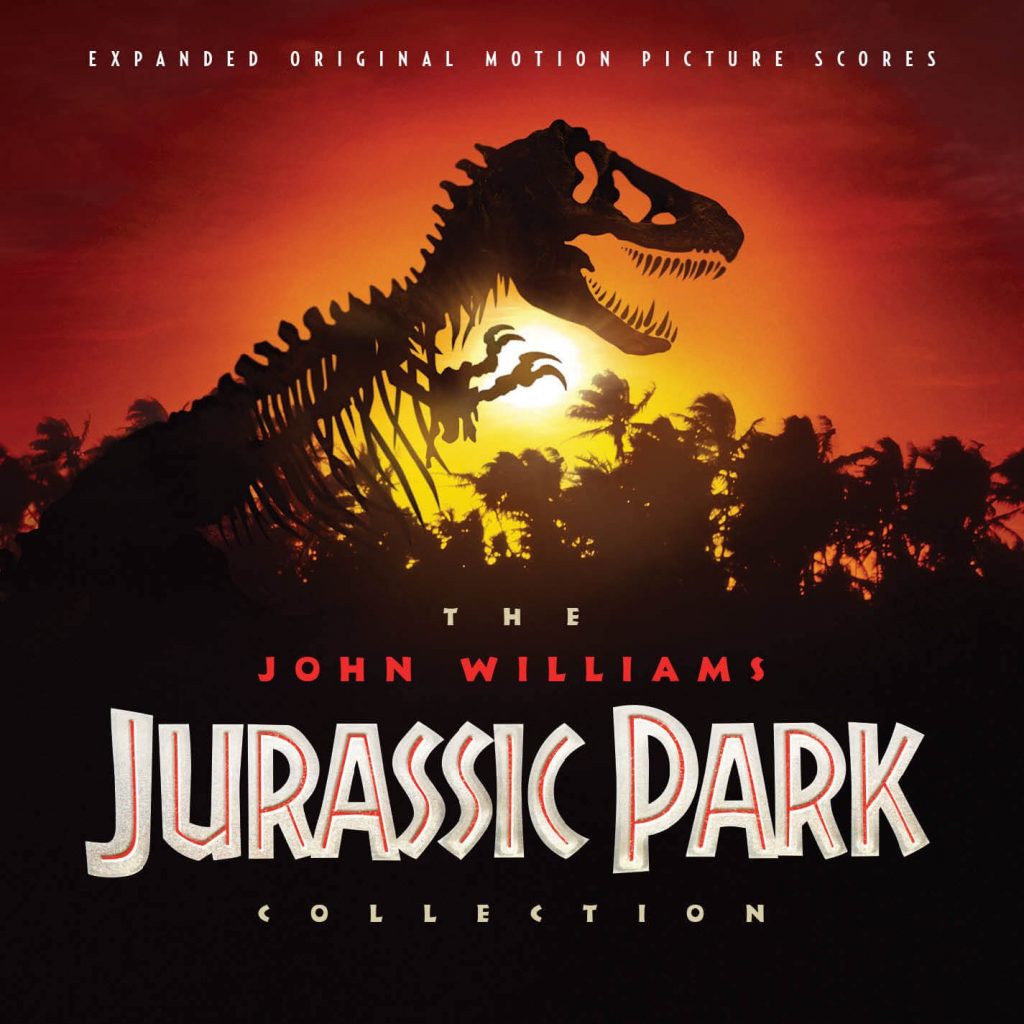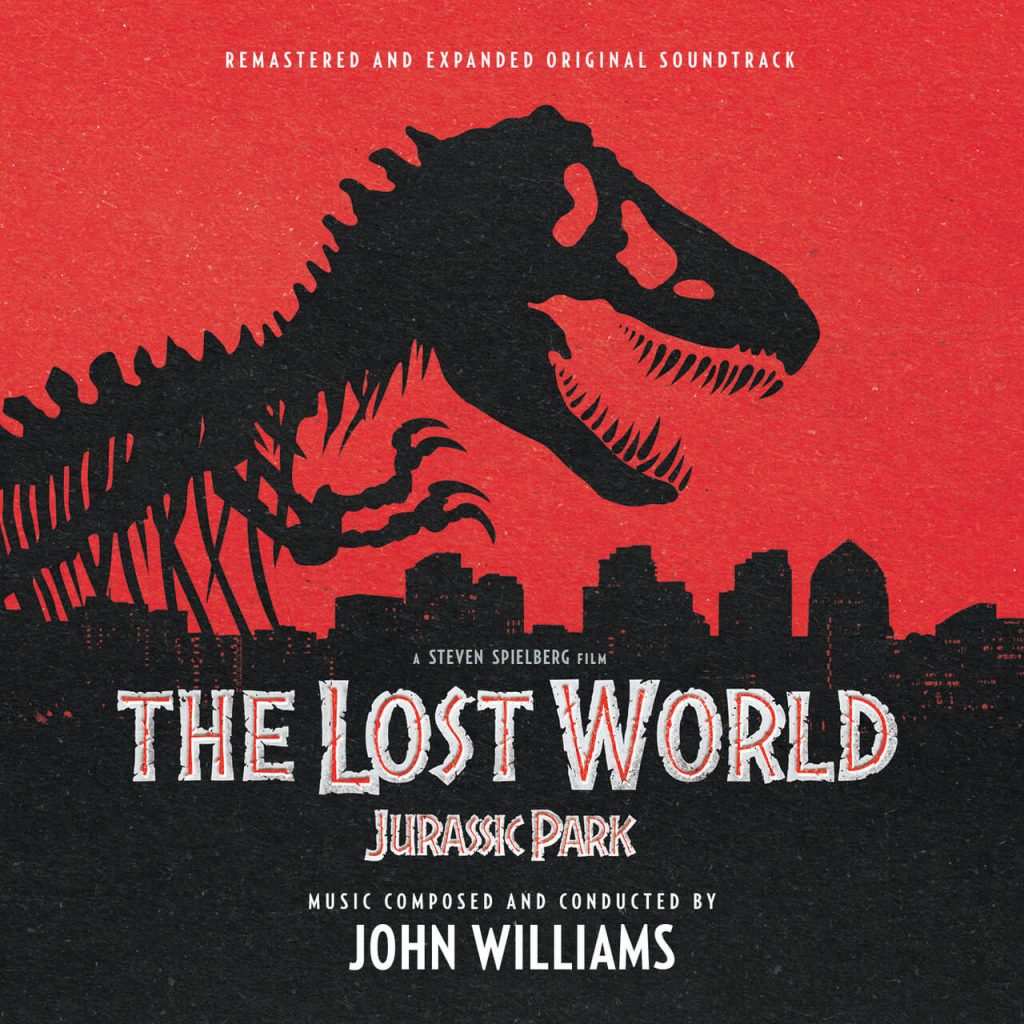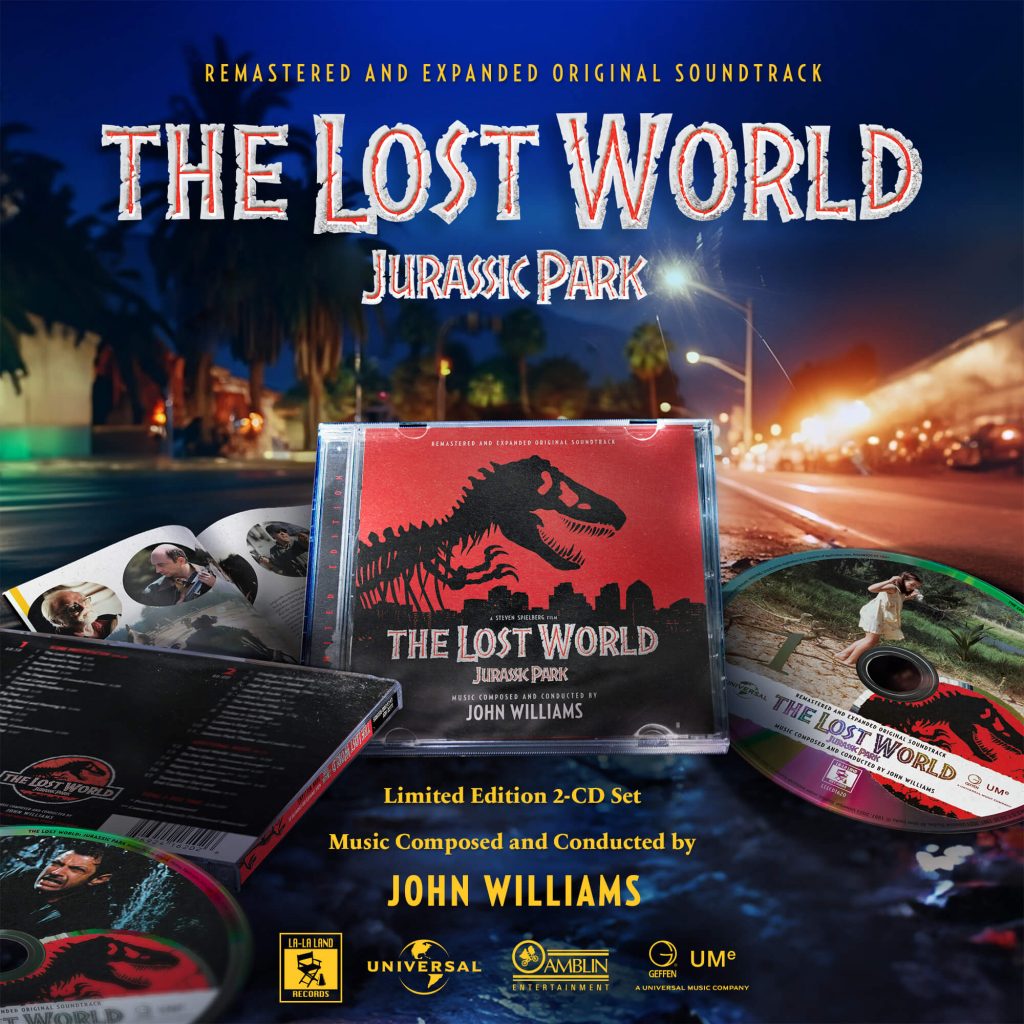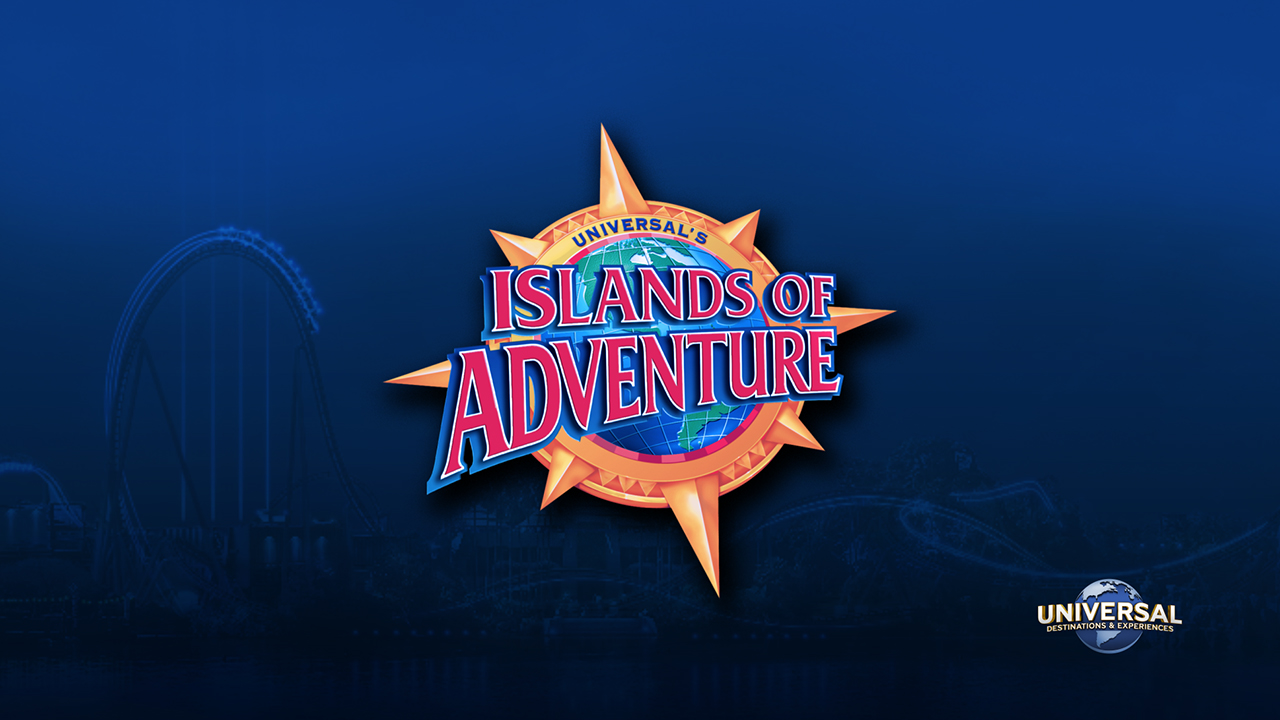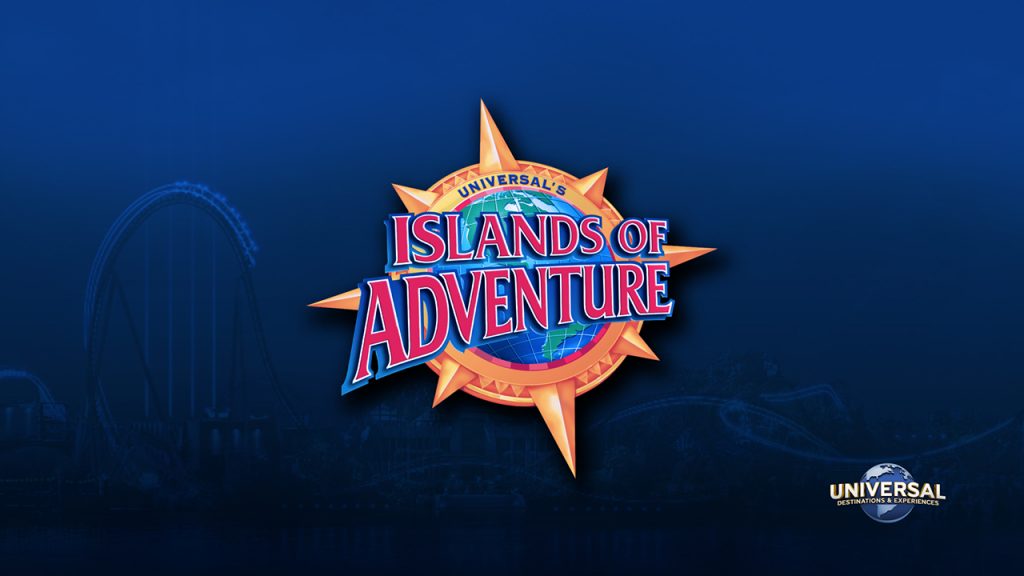BBC’s 1999 TV mini-series ‘Walking With Dinosaurs’ is one of my favorite dinosaur media productions that has ever been made. It became “the most-watched factual science programme on British TV of the 20th century,” spawning an entire genre of dinosaur documentaries where we truly felt like we were part of their world. I remember watching its broadcast on the Discovery Channel and being absolutely blown away. Despite its outdated science, the original ‘Walking With Dinosaurs’ remains the pinnacle of how to tell these stories in a way that is completely alluring, realistic, and genuinely moving. It’s a cinematic classic that is personally unrivaled, although next year a new series with the same name will be released.
To celebrate the original program’s 25th anniversary, composer Ben Bartlett is reissuing his majestic and memorable score on digital platforms! Performed by the BBC Concert Orchestra, this score was the winner of the BAFTA for “Best Original Television Music” in 2000, and its legacy has been lovingly endured by its fans ever since.
Composer Ben Bartlett says:
“I am super excited to be re-releasing my music for Walking With Dinosaurs after 25 years, and to revisit my musical roots in orchestral music. Listening to these tracks again I am struck with how fresh they sound. I feel I am coming full circle after living a quarter of a century in TV and Film music production, and liberating a musical spirit from its amber mould.”
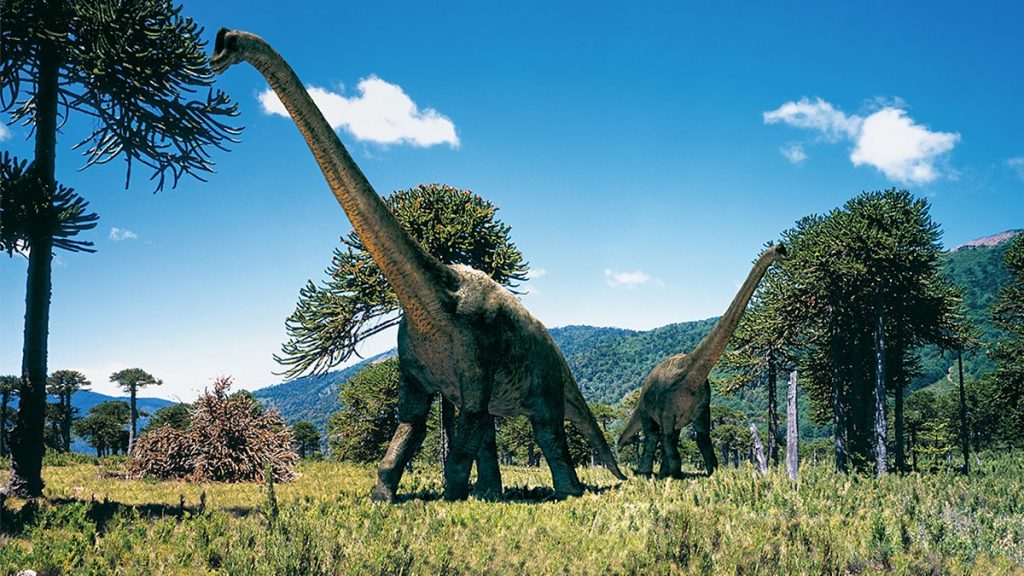
“Over the years I have received heartwarming messages from both aspiring composers and paleontologists. Some now mature scientists have expressed gratitude for the music for the iconic show Walking With Dinosaurs, as during their childhood it tapped into emotions beyond the reach of pure science, and driving a passion for paleontology. I am incredibly touched that over the years Composers have frequently got in touch to connect about how the music led them to pursue careers in music for picture, and the score has been used at music colleges around the world.”
The score is available on various digital platforms, including Spotify, Apple Music, Amazon Music, YouTube, & Qobuz (high resolution audio).
This new soundtrack release appears to be remastered and is a tad louder than before. In terms of music that was previously unreleased, there are really only two tracks.
The opening track “Walking With Dinosaurs” omits the Kenneth Branagh dialogue that played over the original CD version from 1999 (he was the narrator on the original program) in favor of simply the music. While some may miss that edit, I personally am happy to finally have this piece of music without it. Interestingly, the opening brass statement (and perhaps the rest) sounds like a different performance as well.
The second track with unreleased music comes near the 2:50 mark of the aptly renamed “Torosaurs Lock Horns Plus,” providing about a minute of new material.
A few tracks from the score actually appear to have slightly less music compared to the original CD release, but in minor ways that may not be detected by most in the form of micro-edits. The biggest example of this is “Cruel Sea,” which is over 40 seconds shorter than its CD counterpart. It seems to mostly remove some of the track’s repetition in parts, but it is curious such an edit was made for a digital release when length is not relevant. I can only assume this was done by Ben Bartlett for his own personal preferences, but completists may want to hang onto their CDs to retain the minor omissions. Because of this, and other music from the show that is still missing from this release, I hesitate to refer to this as a “complete” release myself.
After the “End Credits” track, there are three additional tracks from the ‘Walking With Dinosaurs’ special ‘The Ballad Of Big Al’ (aka ‘Allosaurus’). These were previously on the CD album for the ‘Walking With Dinosaurs’ sequel production from 2001, ‘Walking With Beasts.’ It’s more appropriate to now have them included on this release, featuring some of the most rousing action music of the entire saga in “Battle Of The Salt Plains.”
The ‘Walking With Beasts’ soundtrack also has a new digital release of its equally fantastic score. It includes several never-before-heard tracks from the program, performed by the BBC Singers, and is available at the same Spotify, Apple Music, Amazon Music, YouTube, & Qobuz (high resolution audio) links.
While the ‘Beasts’ soundtrack release is also not “complete,” it does feature about 18 minutes of previously unreleased music; covering episodes of the program that weren’t represented before. This will be a godsend for fans, since the original soundtrack CD album was apparently fast-tracked for release before the final two episodes were even scored. This is something Ben Bartlett has wanted to rectify ever since, making this new release an important milestone.
For fans of ‘Walking With Dinosaurs’ who have never heard the ‘Beasts’ score, it features much more percussive elements throughout and a darker overall tone (ala ‘The Lost World: Jurassic Park’). Several tracks also feature very effective choir, usually in the form of chants, that give it a striking identity not present in the previous score. Definitely worth a listen, especially in this extended release.

Previously, AI artwork was used for both digital album covers but was quickly changed to instead feature the composer among museum displays. A forthcoming vinyl release of both scores will apparently feature original paleo artwork for their covers. No ETA on those releases just yet, or if the digital versions will have their album artwork updated to match. Sadly, CD collectors, like me, appear to be omitted from all releases (the format isn’t dead yet!).
Despite the mentioned issues of both score releases, it is still great to have them widely available again for everyone to hear. I think every ‘Jurassic Park’ fan should give them a listen (and perhaps throw Bartlett’s name in the ring to score ‘Jurassic World: Rebirth?’). Hopefully Blu-Ray releases of the original programs themselves will also be on the way to celebrate the anniversary!
Do you remember the original ‘Walking With Dinosaurs’ mini-series from 1999 and its sequels/spinoffs (including ‘Prehistoric Park‘ starring Nigel Marvin)? Reminisce in the comments below, and stay tuned to Jurassic Outpost for the latest!
NOTE: This article was updated on 10/22/2024 to reflect album cover updates & more information on the ‘Walking With Beasts’ soundtrack.
